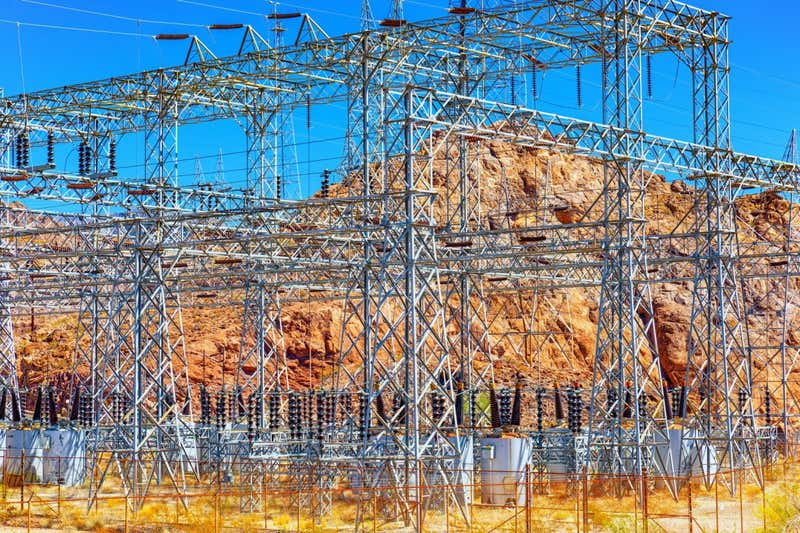By
Published:November 5, 2021
-New Scientist
A modified consumer drone was used in an attack on an electrical substation in the US last year, according to a report from the FBI, Department of Homeland Security and National Counterterrorism Center.
The report, which is being circulated to law enforcement agencies in the US, highlights the incident at a substation in Pennsylvania last year as the first known use of a drone to target energy infrastructure in the US. The location isn’t specifically identified, but the drone crashed without causing damage.
The drone was modified with a trailing tether supporting a length of copper wire. If the wire had come into contact with high-voltage equipment it could have caused a short circuit, equipment failures and possibly fires.
Electrical substations are normally protected by fences and other barriers, but Zak Kallenborn at the National Consortium for the Study of Terrorism and Responses to Terrorism in Maryland says these may not be sufficient against drones.
“Counter-terrorism defences largely assume a ground-based attacker. Hence the fences and bollards everywhere,” says Kallenborn. “The defences are obsolete if terrorists can take to the air. Drones are cheap, and easy to use. Critical infrastructure facilities need to worry about attacks from any direction.”
Counter-drone jammers are deployed at some locations but cannot defend every electrical substation, due to both cost and limitations on where they can be used. Kallenborn notes that while such drones only carry a tiny payload compared to a car bomb, they can cause a disproportionate amount of damage by targeting vulnerable spots.
“Critical infrastructure owners and operators need to identify critical, sensitive components where small charges can cause significant harm to the facility’s operation,” says Kallenborn.




